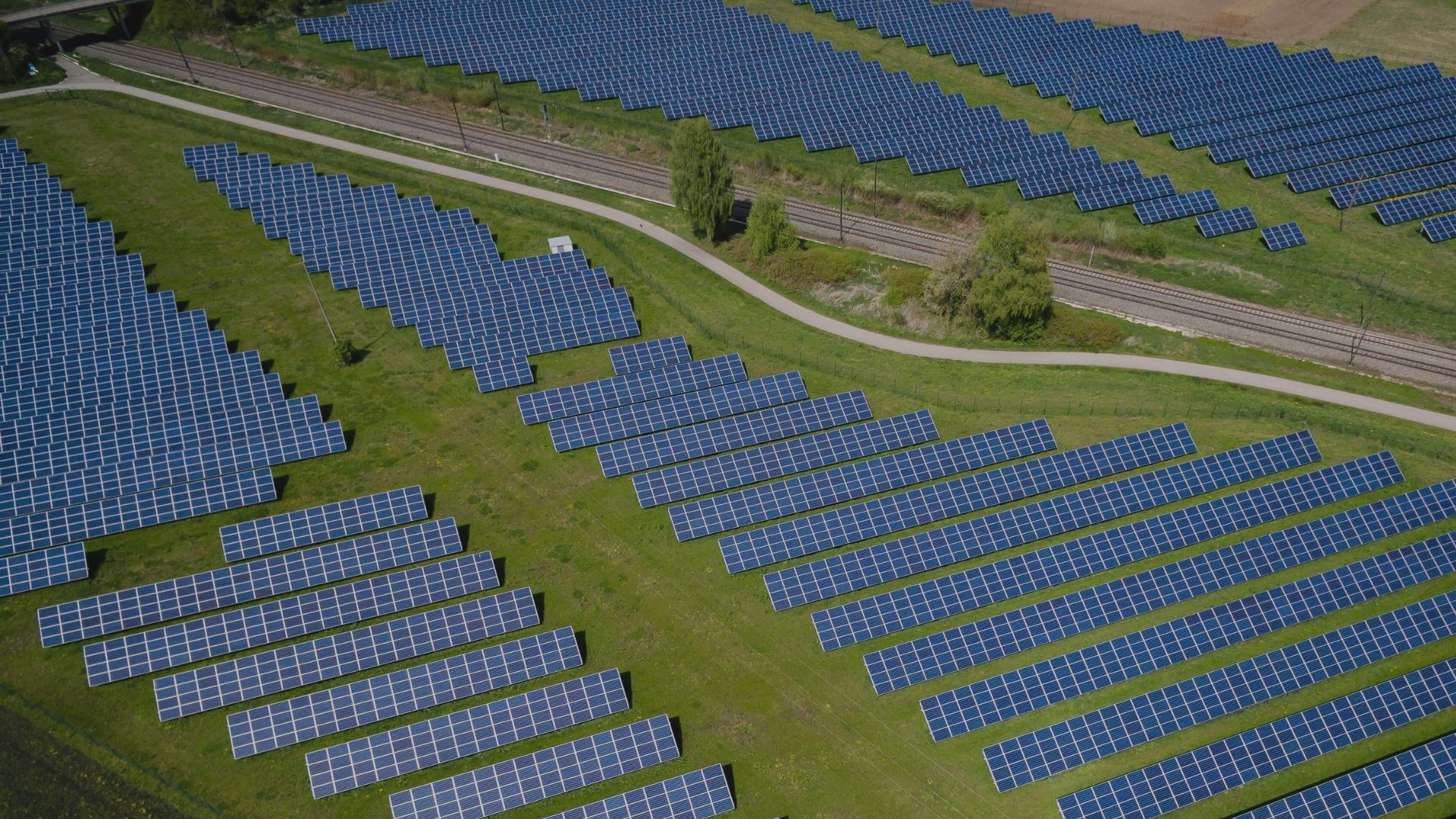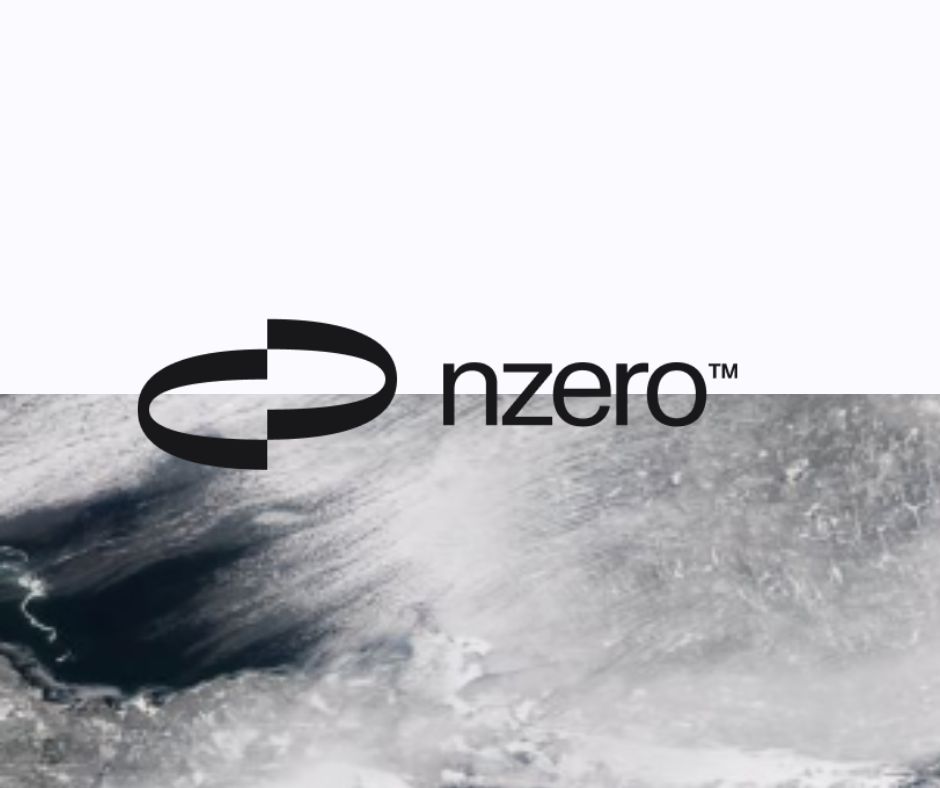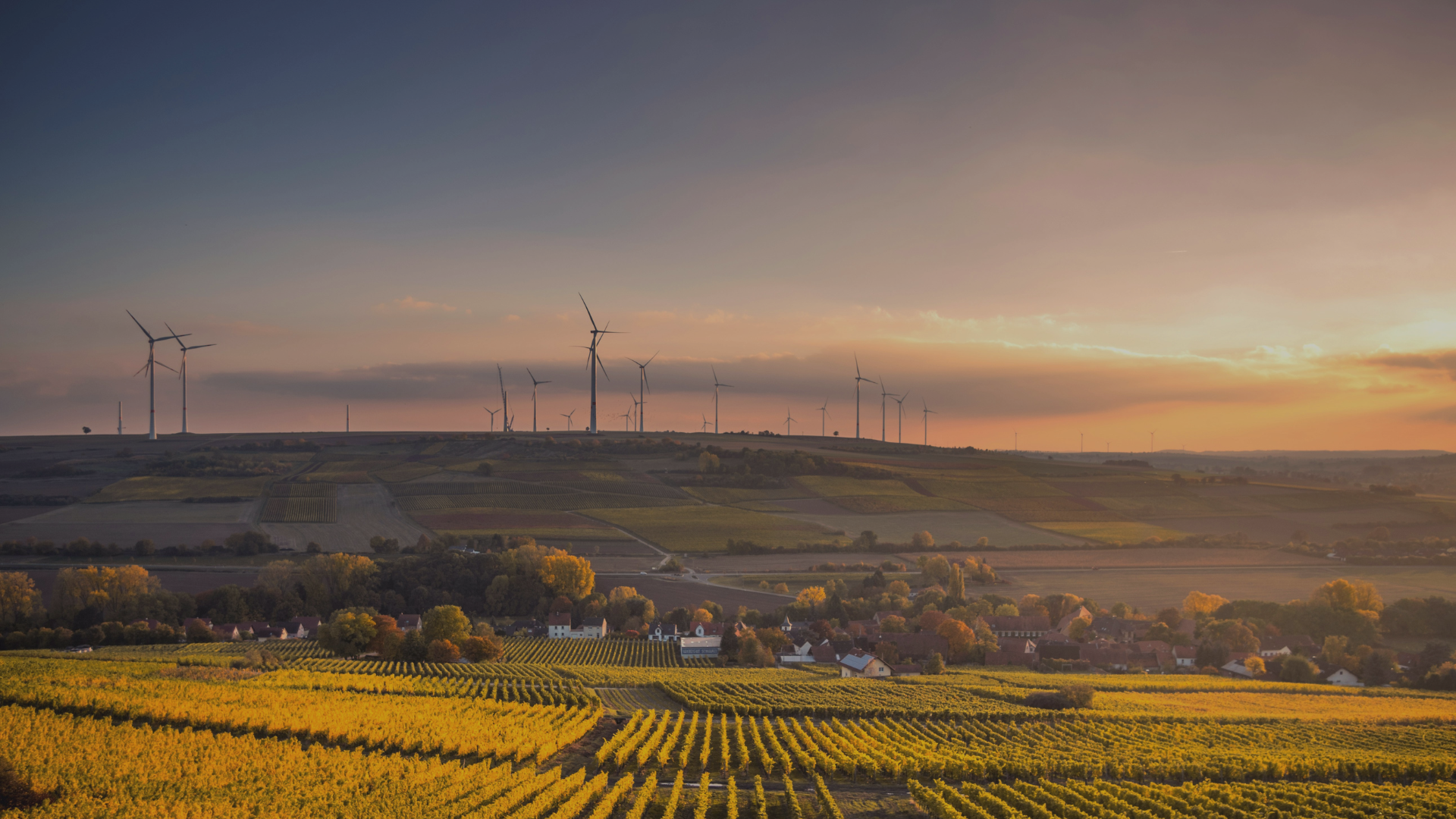Fossil Fuel Phase-Out: Policy Momentum Meets Practical Complexity
Both the US and EU have committed to significant fossil fuel reductions as part of their net-zero trajectories. The European Union aims to reduce greenhouse gas emissions by 55% by 2030 compared to 1990 levels, and to phase out coal by the late 2020s in most member states. In the United States, the IRA’s production and investment tax credits are designed to rapidly displace fossil fuels in electricity generation, with natural gas power expected to peak before 2030.
In terms of ESG reporting, fossil phase-out strategies are now embedded in disclosure frameworks like the EU Corporate Sustainability Reporting Directive (CSRD) and the SEC’s proposed climate disclosure rule. Companies are increasingly required to detail fossil exposure, transition risk, and planned mitigation pathways.
Yet in practice, fossil phase-outs are proving politically and economically complex. The EU’s natural gas dependence—especially in Germany and Eastern Europe—remains a security concern amid shifting global geopolitics. Temporary increases in coal use during the 2022 energy crisis, while now reversing, highlighted the fragility of rapid transitions without secure renewable replacements. In the US, gas-fired plants continue to be built in certain states due to grid reliability concerns and storage limitations.
This tension is particularly visible in ESG ratings and stakeholder pressure. Investors are calling for stronger fossil exit plans, but utilities and grid operators often caution against overcommitting without sufficient backup. This raises a critical 2025 question: Can fossil fuel reduction timelines keep pace with the realities of grid readiness?
Renewable Grid Integration: Infrastructure Lag vs. Deployment Surge
While fossil fuel phase-outs receive political focus, the bigger operational challenge in both the US and EU is renewable energy integration. As of 2024, both regions are adding record amounts of solar and wind—but the grids required to handle them are hitting capacity and flexibility limits.
In the United States, the interconnection queue reached over 2,500 GW in 2024, more than five times the installed grid capacity. The majority of these projects are solar, wind, and storage, yet face multi-year delays due to grid congestion, insufficient transmission lines, and outdated planning protocols. A Berkeley Lab study found that less than 25% of proposed projects in US queues are likely to be built without major reforms.
In the EU, cross-border electricity flows are essential for balancing intermittent renewables, but slow progress on grid interconnectors—especially between France, Spain, and the Nordics—is limiting system-wide optimization. The European Network of Transmission System Operators (ENTSO-E) projects that grid investment must double by 2030 to meet renewable integration needs. Yet permitting delays and public resistance to new transmission corridors are widespread.
Battery storage can help, but Europe lags behind the US and China in utility-scale deployment. Meanwhile, both regions are seeing growing curtailment of renewables, where surplus solar or wind generation cannot be used due to grid limitations—a direct contradiction of decarbonization goals.
By 2025, these grid bottlenecks could become a defining constraint. Without systemic upgrades in transmission, distribution, and digital control, the risk is that renewable buildouts will stall—not for lack of will or capital, but because the grid cannot accommodate them.







